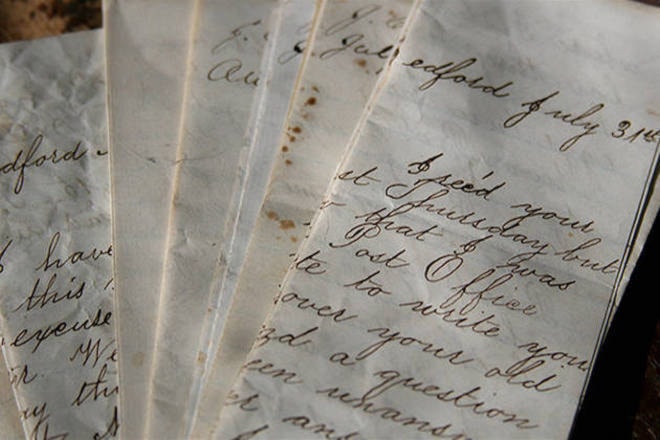Cob oven worth saving
Having heard that the future of the cob kitchen in Centennial Park is in question, I thought I might add a my perspective (that of the designer-builder) into the mix.
Unbeknownst to many, the idea for an outdoor community kitchen had been circulating for years. Eventually, Michelle Staples (then a recently elected City of Duncan councillor) brought the project to life with remarkable focus. And it wasn’t long before a team of rag-tag artisan builders were working alongside the City of Duncan staff, making plans and breaking ground. That made for an uncommon synergy. Not everyone in the community thought it was a good idea at first. But the more things took shape the more support for the project grew.
The intention was to involve community into the process as much as possible. With natural building materials such as clay, sand, straw, and old claybricks people of all ages can have a hand in making things happen. With sculptors, timber-framers, potters, storytellers, workshop facilitators, plumbers, and natural-builders all hired into the mix, we were able to share our skills with countless volunteers.
Over the course of that building summer we were also visited by an amazing array of curious citizens stopping by to see what was going on. Some were a bit baffled by it all, but others were stirred to recall fond memories of growing up with some such community kitchen in their life. First Nations, Chinese, Russian, Austrian, Peruvian, Spanish, Indian, Swedish — I lost track of the nationalities, but every one of them lit up with a smile as they realized what was manifesting.
One story I will never forget was that shared by an elderly woman who had grown up in a Ukranian community in Manitoba. She said every weekend the women of her village would gather round the big wood-fired clay-brick bread oven to bake the coming week’s worth of bread for all the households in the community. This offered a time for people to catch up with one another, hang out, share, and offer/receive mutual support as needed — all while attending to the most basic need of putting food on the table. And as she told the story, I was moved by the tears running down her cheeks. Those experiences had meant a lot to her.
While some people donated encouragement, others bricks, others slabs of marble, chimney components, plumbing supplies, decorative tiles, (the list was long) the biggest gift for me was witnessing people of all ages get the clay onto their hands and feet, therein rediscovering a state of being in which the primordial meets the prime ordeal. Accessing ancient memories whilst manifesting shelter and generating warmth.
The most hilarious moment of this was one day in June when a number of elementary school groups came to the park to have an end of year picnic celebration; all dressed in their finest clothes.
When the kids wandered over to see what was going on, they soon zeroed in on our little clay mixing pond, made of straw bales covered with a tarp, and the big slurry of clay and water waiting to be mushed together by foot (imagine mashing potatoes into gravey all at once).
The look on their faces was 100 per cent curiosity. The look on the parent’s faces was 100 per cent alarm! And despite a valiant effort to declare the pond a ‘no-go-zone’, they may as well have been fighting the tide, because it wasn’t long before a horde of finely dressed youngsters were diving in and having a blast, therein remembering an ancient building process woven deep into all of our ancestral memories. Eventually the adults gave it a try and had a surprisingly good time too. And so, here again, the building process became a community-building process, in every sense of the word.
Last but not least, I had best chirp in about the fact that rocket stoves are a very clean-burning technology, dating back through antiquity. Archaeological evidence of such hearths dates back more than 5,000 years in many regions of the world. The rocket fire chambers burn super hot as they draw all of the smoke/gasses into the flame path. This makes for a (largely) pollution-free burn that conserves fuel and protects respiratory systems. Part of the intent in sharing this technology in the kitchen was to invite people into discovering how much heat can be generated with so little fuel and pollution.
I was surprised to hear recently that some people had a hard time lighting the stoves. I guess somehow the coaching process must have had the odd gap. Also, given how very easy they are to light and tend once one knows the technique, I’d hazard to suggest that the struggle says more about how distant many of us have grown from our ancient relationship with fire — what with all the high tech flick-of-the-switch cooking and heating appliances in our lives these days.
Over the last seven years I have witnessed countless groups of people gathering round that kitchen to cook, eat, hang out and celebrate. And given the intensities we now face on the heels (?) of unprecedented COVID-scare isolation, I am drawn to wonder upon potential remedies. I think remembering how to gather round the cook hearth is a good one.
Pat Amos
Glenora
